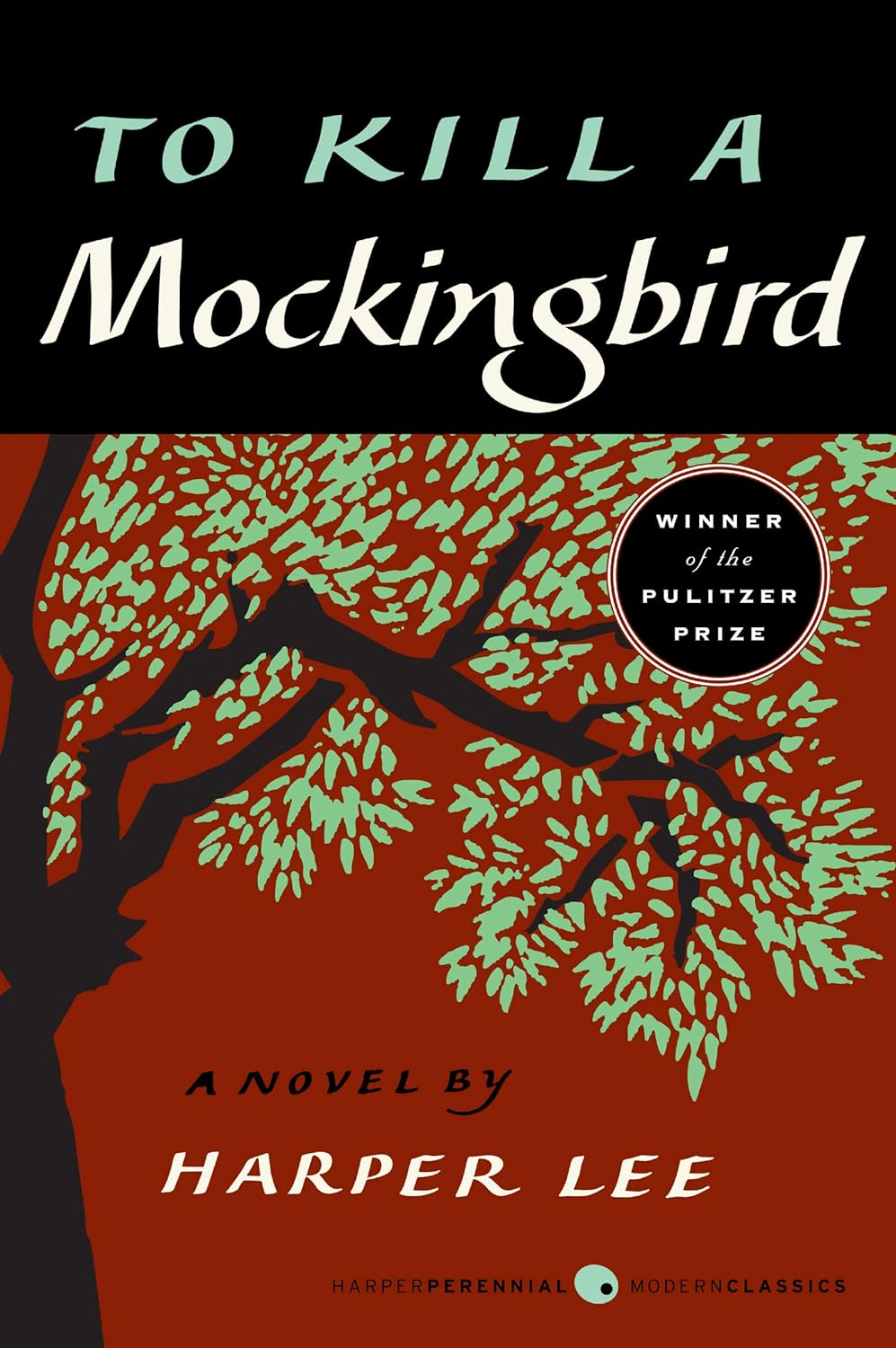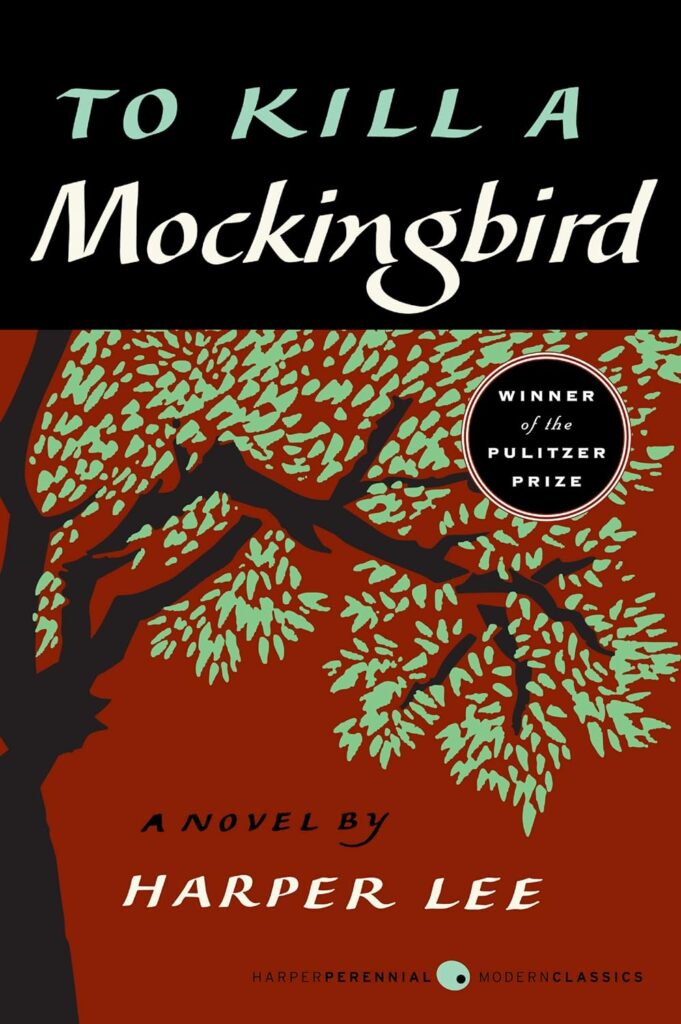You’re in for a thought-provoking journey with “To Kill a Mockingbird Paperback – January 1, 2002.” This timeless classic, written by Harper Lee, plunges you into the world of Scout Finch, a young girl navigating the complexities of race and morality in 1930s Alabama. Through Scout’s innocent and observant eyes, you’ll witness the heartbreaking injustices, admirable acts of courage, and powerful lessons that will stay with you long after turning the last page. Harper Lee’s masterfully crafted tale is a must-read for anyone seeking to understand the intricacies of human nature and social inequality.
“To Kill a Mockingbird” is a classic novel by Harper Lee that delves into the complexities of racial injustice, social inequality, and moral growth in the American South during the 1930s. Set in the fictional town of Maycomb, Alabama, the story revolves around the Finch family—Atticus, Scout, and Jem—as they navigate the treacherous waters of prejudice and ignorance.
One of the standout aspects of this novel is its compelling characters. Atticus Finch, the patriarch of the Finch family, is a beacon of integrity and righteousness, courageously defending a black man, Tom Robinson, who is falsely accused of raping a white woman. He stands as an enduring symbol of moral virtue, showing us what it means to do the right thing, even when it’s unpopular.
His daughter, Scout, through whose eyes the story is told, is naïve yet observant, innocent yet questioning. Her coming-of-age journey forms the backbone of the narrative. She learns not just about the racial disparities that divide her town, but also about human nature, compassion, and the subtleties of good and evil.
The title “To Kill a Mockingbird” symbolizes the destruction of innocence. Mockingbirds in the story represent goodness and purity, and to kill one is to destroy that goodness. Characters like Tom Robinson and Arthur “Boo” Radley are likened to mockingbirds, innocent but misunderstood figures who become victims of society’s prejudices.
Lee’s storytelling is poignant and her prose clear-cut, making the novel accessible for readers of all ages. She masterfully intertwines themes of race, class, and gender, presenting them in a way that provokes thought but doesn’t offer easy answers. The social commentary is scathing, yet there are moments of lightness and humor, often provided through the innocent observations of Scout and her brother Jem.
However, it’s important to note that the novel has been subject to criticism for its portrayal of race, specifically the “white savior” trope and its limited perspective on the black characters who seem secondary to the white narrative. Despite these criticisms, the story’s core message against racial discrimination and its advocacy for social justice and equality make it a meaningful read even today.
In conclusion, “To Kill a Mockingbird” is a masterful exploration of the heavy themes of race, inequality, and moral integrity. It’s a timeless piece that continues to resonate, challenge, and inspire generations of readers. It’s not just a book to be read but an experience to be felt, a pivotal work that has earned its status as an enduring classic of American literature.
Product Specifications
| Format | Paperback |
|---|---|
| Publication | January 1, 2002 |
| Pages | 336 |
| Dimensions | 5.2 x 0.7 x 7.9 in |
Who Needs This
Anyone who appreciates a gripping and socially-relevant story will benefit from reading “To Kill a Mockingbird.” Whether you’re a literary enthusiast, an educator, or someone who believes in the power of storytelling to provoke empathy and change, this book is a must-have addition to your library.
Pros and Cons
Pros
- Immersive and thought-provoking plot
- Memorable and well-developed characters
- Socially relevant themes that encourage introspection
- Durable paperback format
Cons
- Some readers may find the themes and content challenging or uncomfortable
FAQ’s
-
Is “To Kill a Mockingbird” suitable for all ages?
- Although the book is frequently assigned in secondary schools, parents or guardians should assess its appropriateness for younger readers due to its mature themes.
-
Can I read “To Kill a Mockingbird” even if I’m not a fan of classics?
- Definitely! The universal appeal of this novel transcends its classification as a classic. Its engaging storytelling and thought-provoking content make it a must-read for readers of all tastes.
-
Are there any other editions of “To Kill a Mockingbird” available?
- Yes, besides the paperback edition mentioned here, “To Kill a Mockingbird” is also available in hardcover, e-book, and audiobook formats.
Disclosure: As an Amazon Associate, I earn from qualifying purchases.


